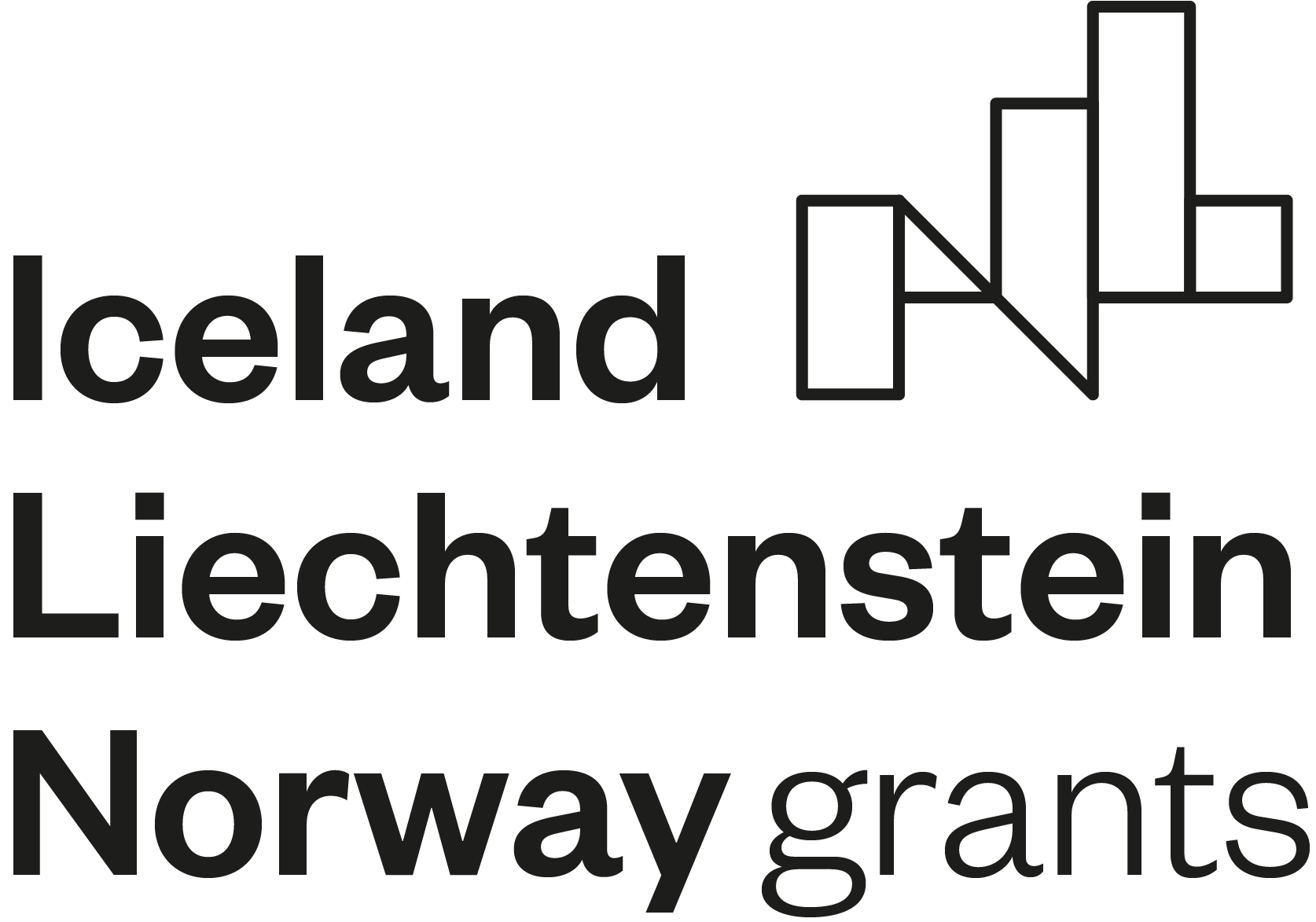Topic
Creating a Job Fair
Creating a Job Fair
Creating a job fair, can be an excellent way for local businesses to connect with students. This type of event can offer students a broad view of career opportunities, while businesses can scout potential talent and educational institutions can strengthen industry ties.

Planning Phase
When planning a job fair, both VET institutions and businesses should agree on the primary goals of the event. Whether it's to increase student employability, forge new
business-academic partnerships, or simply create awareness, having clear objectives will guide all subsequent planning.
DECIDE ON THE FORMAT
The format of the event must align with your objectives. Whether it's a traditional job fair layout, a series of industry talks, or a virtual meet-and-greet, the format should be tailored to meet your goals.
BUDGETING AND FUNDING
Event planning involves various costs - from venue booking to promotional materials. Draft a detailed budget and explore funding options, which could include sponsorships from participating businesses or grants from educational bodies.
TIMING AND LOCATION
The date and venue should be chosen carefully to maximize attendance. Make sure it doesn't clash with other major academic or community events and that the location is accessible to all participants.
Organizational Stage
ASSEMBLE AN ORGANIZING COMMITTEE
Form a committee comprising representatives from the VET institution, businesses, and even student bodies to ensure that the event caters to the needs and expectations of all stakeholders.
OUTREACH TO BUSINESSES
Begin reaching out to potential participating businesses well in advance. Utilize your institution's alumni network, industry contacts, and even social media channels to ensure a diverse lineup.
PREPPING THE STUDENTS
A series of preparatory workshops for students can include resume writing, networking tips, and effective interviewing techniques. This ensures that students can make the most of the opportunities the job fair offers.
MARKETING THE EVENT
A comprehensive marketing strategy should include digital advertising, posters, social media blasts, and community partnerships to ensure maximum visibility and attendance.
Execution
LOGISTICS
All logistical elements, from booth arrangements to audio-visual setups, should be meticulously planned and executed. Ensure volunteers and staff are well-briefed and prepared to handle any issues that arise.
EVENT EXECUTION
From welcoming attendees to managing the event flow, ensuring a smooth and efficient process will make the event beneficial for all participants.

Post-Event
GATHER FEEDBACK
Post-event surveys for students, businesses, and institutional representatives can offer valuable insights for future events.
FOLLOW-UP ACTION
Encourage ongoing engagement by facilitating follow-ups between businesses interested in specific students and vice-versa.
A job fair is more than just a one-off event; it's a catalyst for
long-term partnerships and
opportunities. By taking a well-planned, organized, and collaborative approach, VET institutions and local businesses can create a mutually beneficial ecosystem that prepares students for the workforce, helps businesses find the talent they need, and strengthens the ties between educational institutions and the communities they serve.








